Introduction to Hindu Shadi Card Designs
Hindu wedding invitations, commonly referred to as shadi cards, hold immense cultural and emotional significance in Indian society. More than just a means to convey the details of the wedding, these cards encapsulate the rich heritage and traditions passed down through generations. Typically, shadi cards are adorned with intricate designs, vibrant colors, and religious symbols that convey auspiciousness and blessing, reflecting the importance of the occasion.
Traditional Hindu shadi cards often feature well-known motifs, such as elephants, peacocks, and lotus flowers. Each of these symbols carries its unique meaning within the context of Hindu culture. For example, elephants are revered for their strength and wisdom, while lotus flowers signify purity and beauty. The use of gold and red tones is prevalent, as these colors are traditionally associated with prosperity and positivity. Additionally, customary elements like religious invocations or verses from sacred texts are prominently displayed, enriching the spiritual essence of the invitation.
In recent years, however, there has been a noticeable shift toward modern design aesthetics in the creation of shadi cards. While traditional values are still honored, many couples opt for contemporary styles that incorporate minimalist designs, elegant typography, and innovative layouts. This evolution demonstrates a blend of timeless traditions and modernity, catering to diverse tastes and preferences. Designers are increasingly experimenting with various materials, including recycled paper and digital formats, which not only appeal to eco-conscious clients but also offer unparalleled customization options.
Ultimately, the significance of Hindu shadi cards extends beyond mere aesthetics. They serve as a bridge between generations, celebrating love, commitment, and cultural identity, all while adapting to contemporary design trends. This intricate balance ensures that both tradition and modern expression coexist, enriching the wedding experience for all involved.
Understanding CDR Files: Benefits for Shadi Card Design
CDR files are vector graphic files created by CorelDRAW, a popular graphic design software. This format is particularly skilled at managing designs that demand precision, such as those found in shadi cards, or wedding invitations. With their capability to store complex illustrations and fonts, CDR files enable designers to achieve intricate visuals without losing quality, regardless of the scale at which the design is printed.
One of the significant advantages of using CDR files for shadi card design is flexibility. Since these files are vector-based, they can be easily manipulated, allowing designers to resize images and graphics without compromising their clarity. This characteristic is vital for wedding invitations, where every element—from elaborate motifs to personalized text—needs to maintain its beauty and integrity when printed on different materials or in varied sizes.
Another notable benefit is the extensive customization options that CDR files offer. Designers can create layered designs, add effects, and incorporate colors that complement the theme of the wedding. This high degree of customization means that couples can personalize their invitations to reflect their unique styles and cultural heritage, ultimately creating a deeper emotional connection with their guests.
To ensure the highest quality when printing shadi cards using CDR files, it is advisable to pay attention to resolution and color settings. Using CMYK color mode instead of RGB can significantly enhance the final print quality, as CMYK is tailored for print projects. Additionally, maintaining a resolution of 300 DPI (dots per inch) is crucial for producing sharp and clear images in the final product. By adhering to these guidelines, designers can ensure that their shadi card designs are not only visually appealing but also maintain the highest standards in print quality.
Essential Elements of Hindu Shadi Card Design
Creating an exquisite Hindu shadi card design requires careful consideration of several essential elements that resonate with the cultural richness and the couple’s unique story. The choice of typography plays a pivotal role, as it needs to harmoniously blend elegance and readability. Traditional fonts often evoke a sense of heritage, while modern styles can offer a contemporary touch. It’s crucial to strike a balance between tradition and modernity to appeal to a diverse audience.
Color schemes significantly influence the overall aesthetic of the shadi card. Traditional hues such as deep reds, vibrant golds, and royal blues are often associated with auspiciousness, while soft pastels can impart a sense of serenity. It is advisable to incorporate colors that resonate with the couple’s personalities and the overarching theme of the wedding ceremony. Complementary colors also aid in creating a visually appealing contrast that draws attention.
Incorporating traditional symbols is another vital component of Hindu shadi card design. Symbols like peacocks, lotus flowers, and mandalas not only add visual interest but also carry cultural significance. These motifs can be strategically placed within the layout to create focal points. The placement of these symbols should be thoughtful, ensuring they do not overwhelm other elements of the design.
The card layout should be organized and aesthetically pleasing. A well-structured layout guides the reader’s eye, making it easy to navigate through the essential details of the event. Personalized messages, such as quotes or the couple’s story, can be seamlessly integrated into the design. This personalization adds a unique touch and makes the card a cherished keepsake for guests. Overall, by thoughtfully considering typography, color schemes, traditional symbols, and layout, one can create a truly remarkable Hindu shadi card design that honors cultural traditions while reflecting the couple’s identity.
Designing Your Shadi Card: Step-by-Step Process
Creating a Hindu shadi card requires meticulous planning and creativity, and utilizing CDR (CorelDRAW) software can significantly streamline this process. The first step in designing your card is brainstorming. Begin by gathering ideas that resonate with the essence of the wedding. Consider themes, colors, and elements that are culturally significant and reflective of the couple’s personalities. Browsing through existing designs, whether online or in wedding magazines, can provide valuable inspiration.
Once you have a clear vision, transition to the sketching phase. You can outline your preferred layout on paper or in a digital format. This stage should include key elements such as the names of the couple, wedding date, venue details, and any special messages. After your sketch is ready, launch CorelDRAW. Familiarize yourself with the tools and features that will aid in creating intricate designs, such as vector images, text formatting, and color palettes.
Following your layout, proceed to create a digital version of your design. Start by setting the correct dimensions and ensure that you work on a high-resolution canvas to maintain clarity when printed. Utilize the text tool to incorporate names and wedding details, selecting appropriate fonts that complement the overall aesthetic. In Hindu wedding invitations, it is common to use traditional motifs and symbols, such as peacocks and mandalas, which you can find within CDR’s graphic libraries or import from external sources.
As you refine your design, make good use of layers to manage elements effectively. Experiment with colors, patterns, and textures to enhance the visual appeal of your shadi card. It’s important to regularly preview the card as you make changes. Finally, once satisfied with your creation, prepare your files for printing. Save them in the appropriate format while ensuring that color settings are compatible with the print specifications. With careful attention to each step, the design of your Hindu shadi card can transform into a cherished keepsake for all attendees.
Final Touches: Printing and Distributing Your Shadi Cards
Once you have finalized your Hindu shadi card design in CDR files, the next crucial steps involve printing and distributing the invitations to ensure they reach your guests in a timely manner. The choice of paper is pivotal in achieving the desired aesthetic and feel of your shadi cards. Opting for high-quality cardstock can significantly enhance the visual appeal while ensuring durability. There is a myriad of textures available, including matte, glossy, or even linen finishes, each offering a unique touch that complements your design.
In terms of printing methods, digital printing is often favored for its efficiency and ability to produce vibrant colors and intricate designs. However, offset printing may be more suitable for larger quantities, offering a more cost-effective solution without compromising on quality. Consulting with a professional printing service can provide guidance on the best methods that align with your needs and budget.
After printing, it is vital to strategize the distribution of your shadi cards. Timely dispatch is critical, as it allows your guests ample time to respond and makes necessary travel arrangements if applicable. It is advisable to send out invitations at least six to eight weeks prior to the event date. For ensuring that guests receive their cards, consider using registered mailing services or hand-delivering invitations to local friends and family.
Follow-ups are equally important. A simple reminder call or message can confirm attendance and provide a chance to address any queries guests might have regarding the event. Employing a spreadsheet to track responses will assist in managing logistics, ensuring your planning remains organized and efficient. By prioritizing a thoughtful approach to both printing and distribution, you can streamline the invitation process, maximizing the enjoyment of your upcoming celebration.

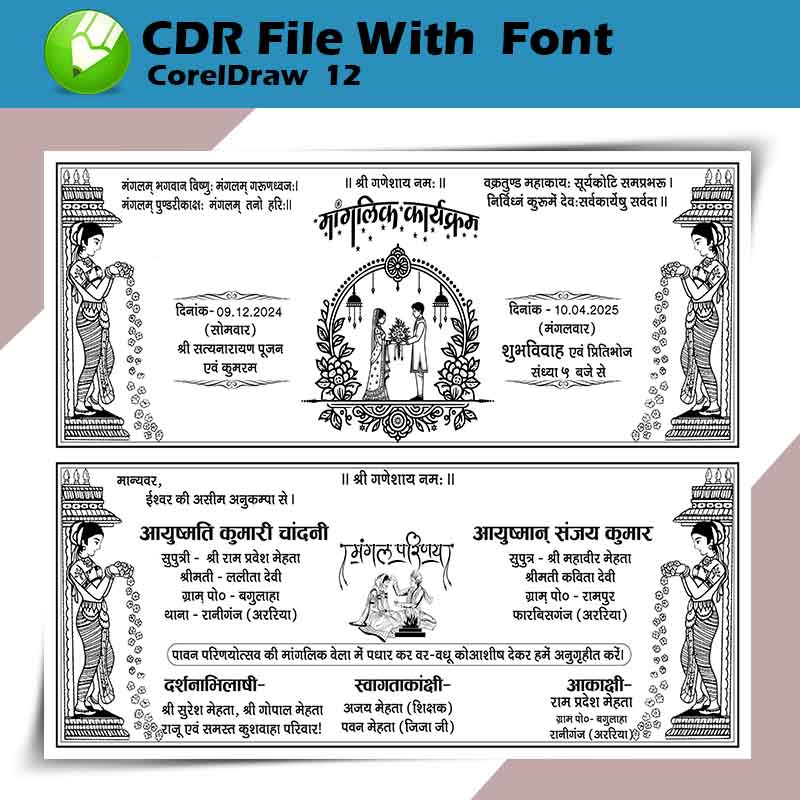
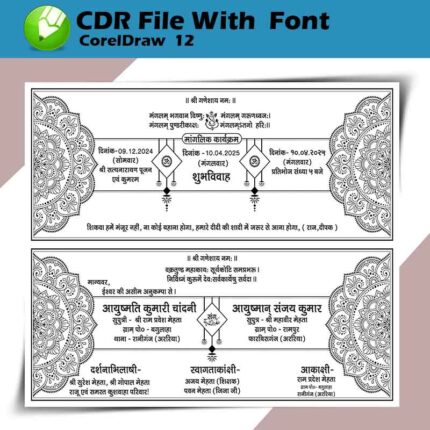


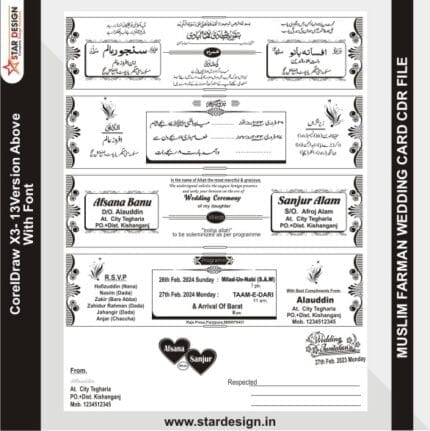

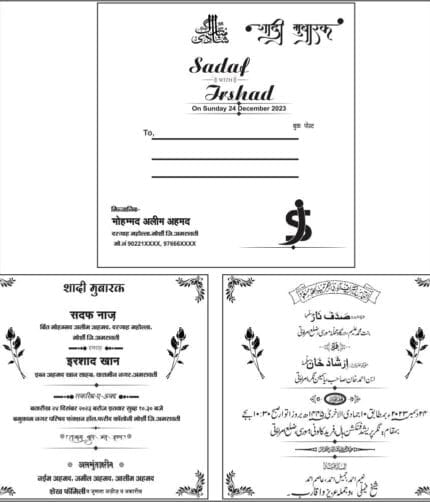


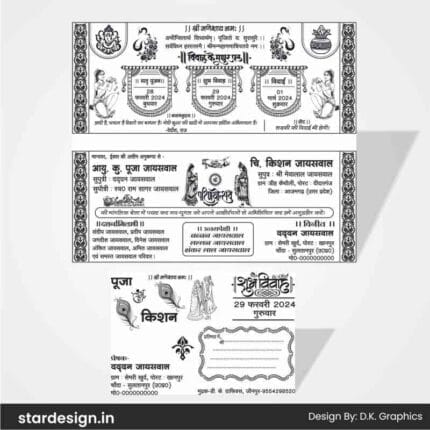
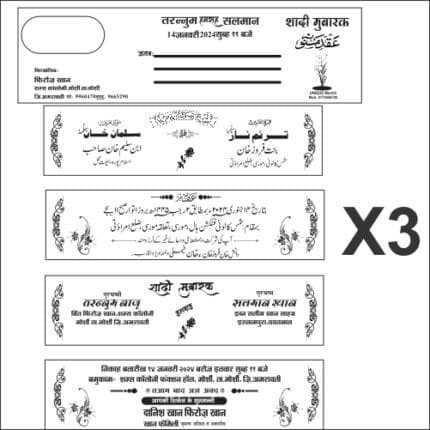
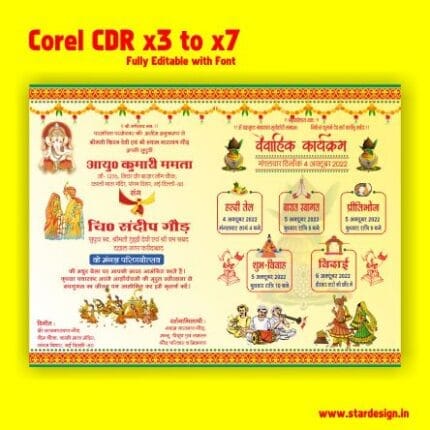

BernardLot –
Achat mГ©dicament en ligne fiable: pharmacie en ligne – Pharmacie en ligne livraison Europe pharmafst.com
KennethAmila –
vavada casino: вавада зеркало – вавада казино
Brianbub –
pin up az: pinup az – pin-up
Brianbub –
пин ап казино: пин ап казино официальный сайт – пин ап вход
Brianbub –
pin up вход: пин ап казино – pin up вход